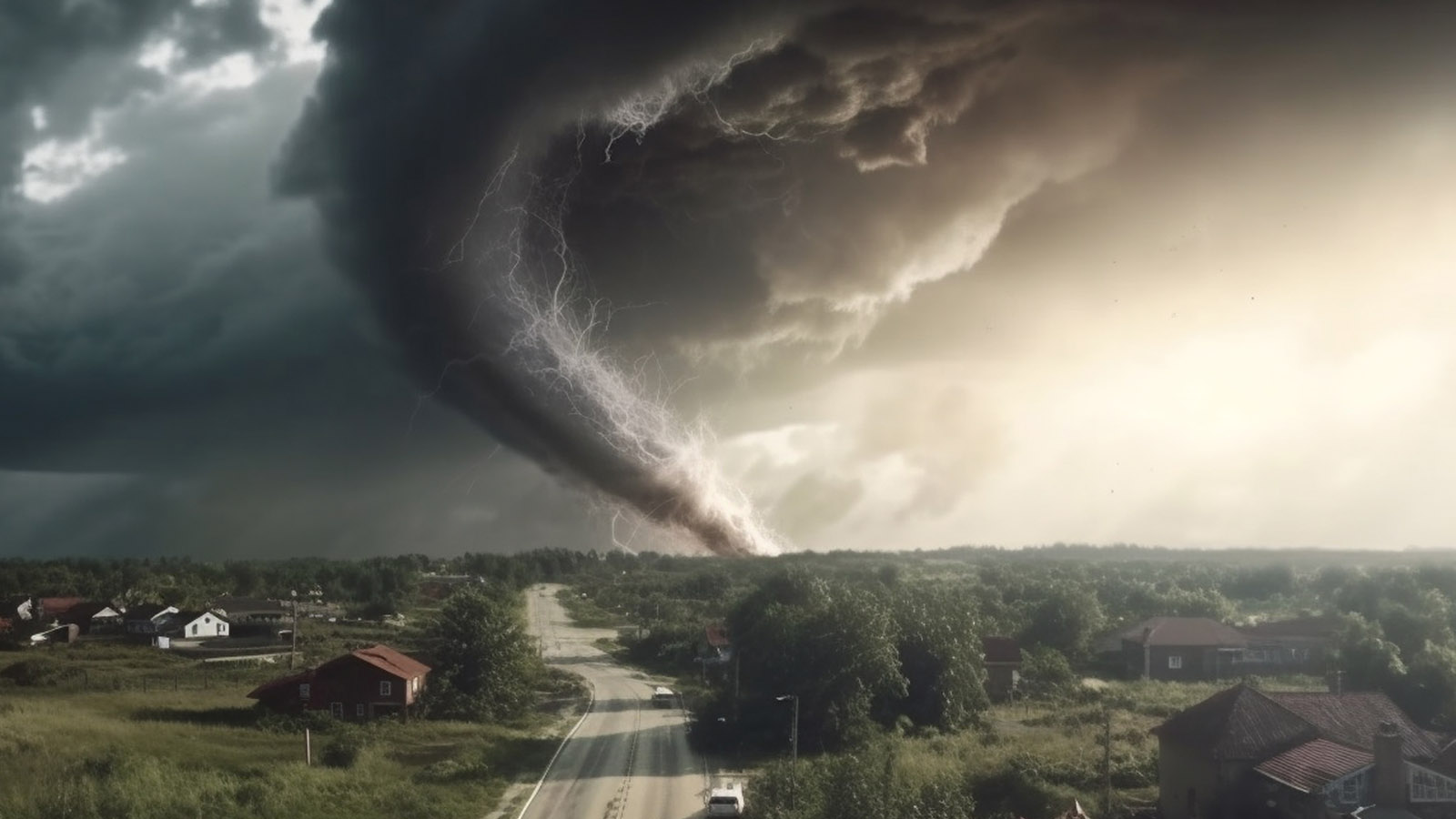


TorNet, an open-source AI dataset containing thousands of radar images of tornadoes and severe storms, was compiled to improve tornado detection and prediction through machine learning. Researchers hope it will enhance forecasters' ability to issue accurate warnings by enabling the development of advanced tornado-detecting algorithms. The dataset and its accompanying models could open new possibilities for understanding tornado formation and improving public safety.
Weather radar is the primary tool used by forecasters to detect andwarn for tornadoes in near-real time. In order to assist forecasters in warning the public, several algorithms have been developed to automatically detect tornadic signatures in weather radar observations. Recently, Machine Learning (ML) algorithms, which learn directly from large amounts of labeled data, have been shown to be highly effective for this purpose. Since tornadoes are extremely rare events within the corpus of all available radar observations, the selection and design of training datasets for ML applications is critical for the performance, robustness, and ultimate acceptance of ML algorithms.
This study introduces a new benchmark dataset, TorNet, to support development of ML algorithms in tornado detection and prediction. TorNet contains full-resolution, polarimetric, Level-II WSR- 88D data sampled from 10 years of reported storm events. A number of ML baselines for tornado detection are developed and compared, including a novel deep learning (DL) architecture capable of processing raw radar imagery without the need for manual feature extraction required for existing ML algorithms. Despite not benefiting from manual feature engineering or other preprocessing, the DL model shows increased detection performance compared to non-DL and operational baselines.